Derek Ridgers’ seminal street portraits of 80s London youth
- Text by Miss Rosen
- Photography by Derek Ridgers

Long before he picked up a camera, British photographer Derek Ridgers was deep in to London’s music scene. His first show was the Jimi Hendrix Experience right after they formed in 1966. “It was really the music that brought me into photography,” he says.
As a young father with a family to support, Ridgers took a job in advertising and started photographing bands on the side during the mid-70s. But it wasn’t until the emergence of punk that his street portrait practice came into focus. Between 1978 and 1987, Ridgers devoted himself to chronicling a new generation of youth who set polite society ablaze with a delicious blend of attitude and insouciance.


Now Ridgers revisits this iconic era in The London Youth Portraits (ACC Art Books), a sumptuous collection of never-before-seen photographs of punks, skinheads, New Romantics, goths, ravers, and fetishists. Taken on the streets of Chelsea, Soho, Brixton, and Mayfair, as well as in legendary nightclubs like the Blitz, Batcave, Taboo, and Camden Palace, the book unfolds as timeless portrait of the London underground during Margaret Thatcher’s reign.
Ridgers made these photographs during a pivotal time in his career, as he shifted from amateur to professional photographer. During fall 1978, the ICA organized his first solo exhibition, Punk and Chips: Some Punk Photographs by Derek Ridgers and consequently published in the legendary Italian photography magazine, Zoom. “The first few years, my MO [method of operation] was very haphazard,” he remembers. “After that, I started to take myself a bit more seriously.”
By the mid-1980s, Ridgers was shooting music and nightlife for NME and The Face magazines, but remained unwavering in his devotion to documenting London’s radical chic. But it wasn’t until the rise of social media that he would learn the fates of those he photographed.


“I managed to reconnect with so many people and some of them have lived very interesting lives,” Ridgers says. “A lot of them never really made it out of the ‘80s. Some of them didn't even make it out of the year that I photographed them. A lot of these kids were on a very steep trajectory. The guy on the cover, Tuinol Barry, died sometime in the ‘80s. I’m friendly with his daughters and they are quite proud of him.”
Being older than the teens, Ridgers always took care to make sure the people he photographed were given their proper respect. The portraits became collaborations, a moment of mutual recognition between artist and muse that crackle with intensity, vulnerability, defiance, and strength.
“There’s a woman I photographed in a fetish club for a magazine, I don’t think she was wearing very much,” Ridgers remembers. “Maybe five or six years later, she told me that at the time, she was living on he streets and wasn’t doing well, and that photograph helped give her a little bit of confidence to change her life.”
“Next year will be my 50th year photographing in clubs and I think I’m going to call it a day,” says Ridgers
The London Youth Portraits (ACC Art Books) is out now.
Enjoyed this article? Like Huck on Facebook or follow us on Twitter.
Support stories like this by becoming a member of Club Huck.
Latest on Huck

Three decades behind the scenes of the music industry
Eddie Otchere’s ‘Spirit Behind the Lens’ is a story of music and culture that crosses and transcends borders.
Written by: Isaac Muk
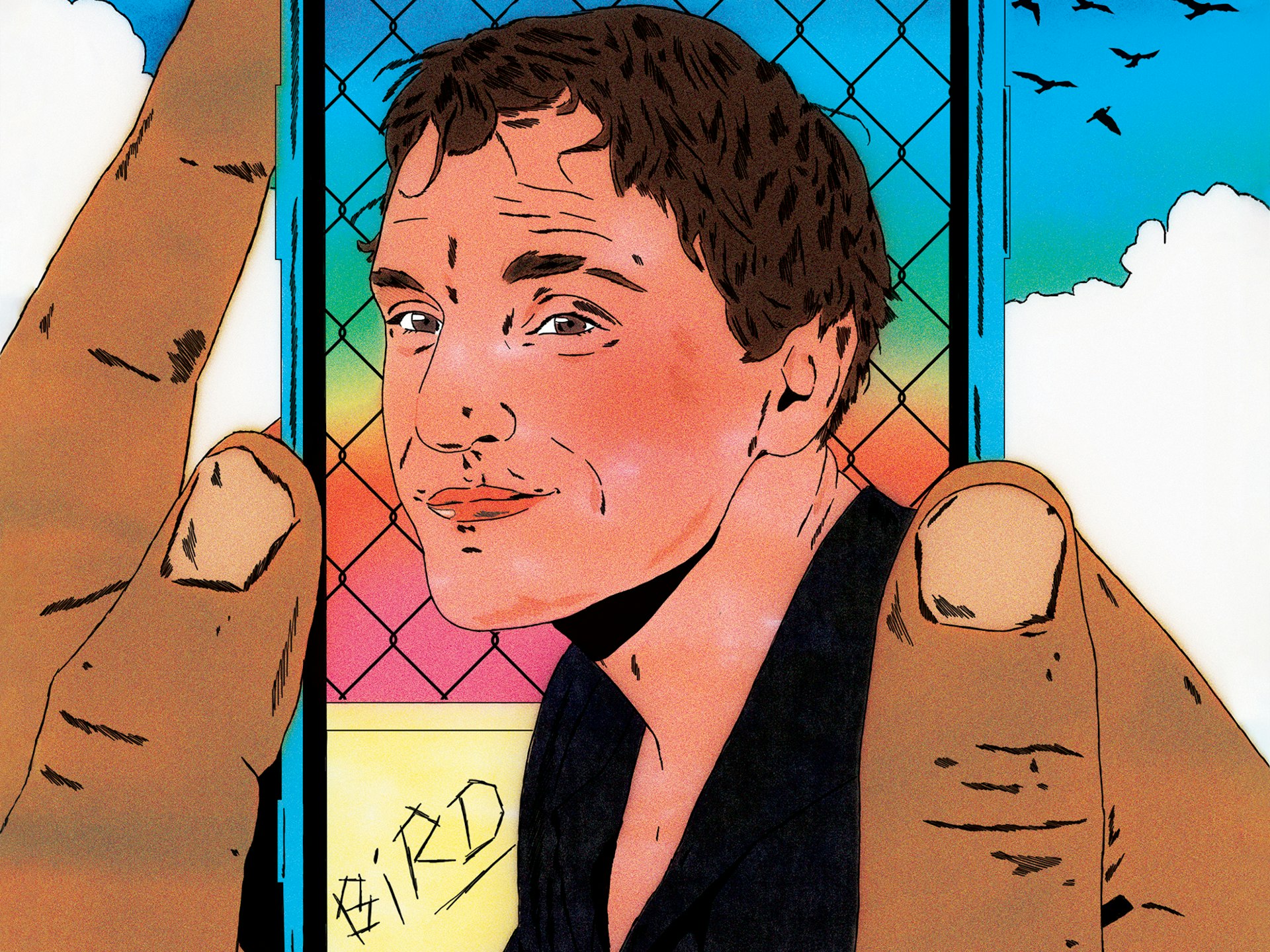
Barry Keoghan, Franz Rogowski and Andrea Arnold on ‘Bird’
The new issue of Little White Lies brings Andrea Arnold’s sixth feature to life with a thematic voyage down the Thames estuary.
Written by: Maisy Hunter
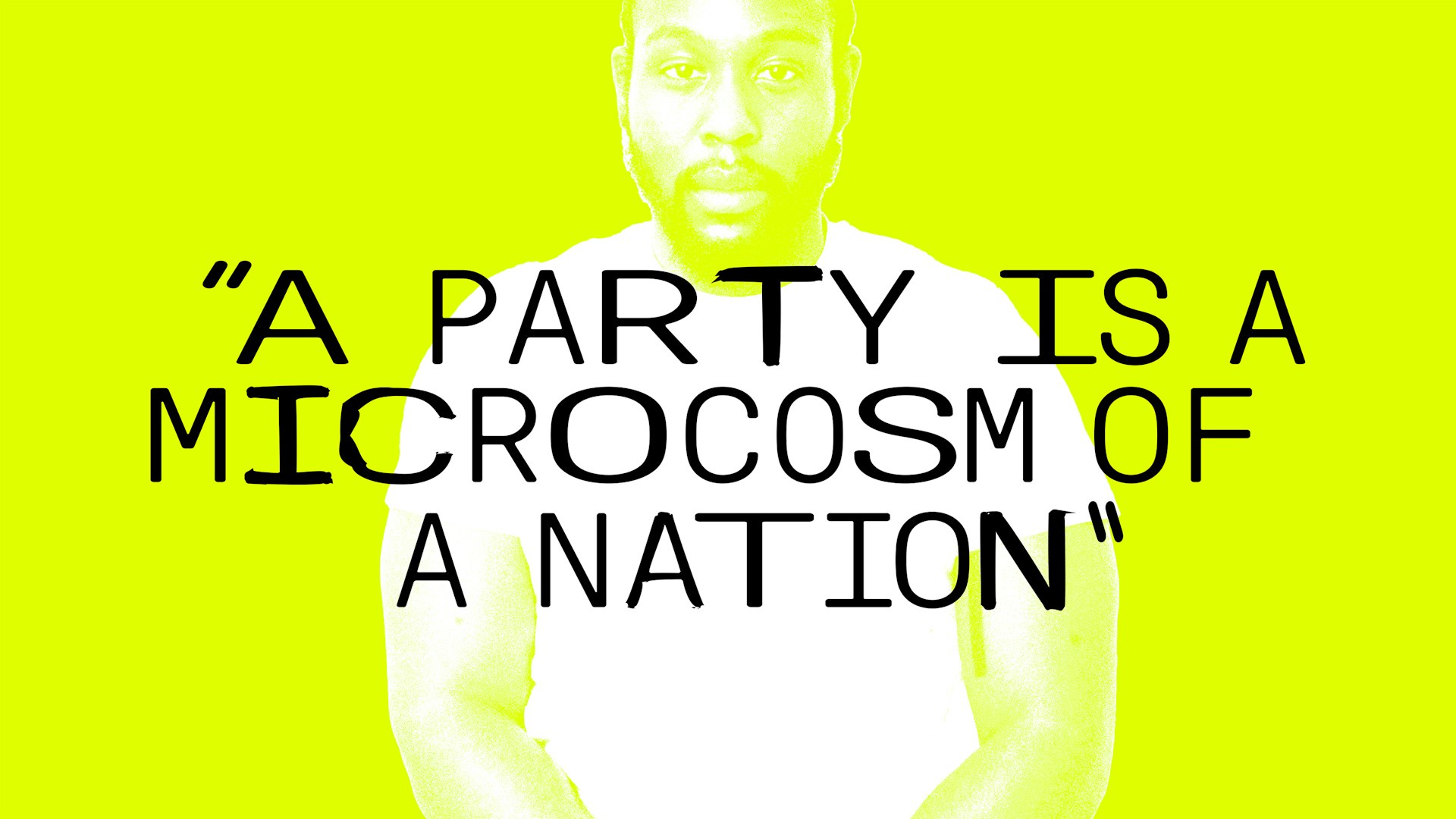
“A party is a microcosm of a nation”: Caleb Femi on the decline of the house party
To celebrate the publication of his new collection ‘The Wickedest’, Isaac Muk caught up with Femi to talk more about the work, the future of the shoobs, and discuss why having it large on a Saturday night should be cherished.
Written by: Isaac Muk
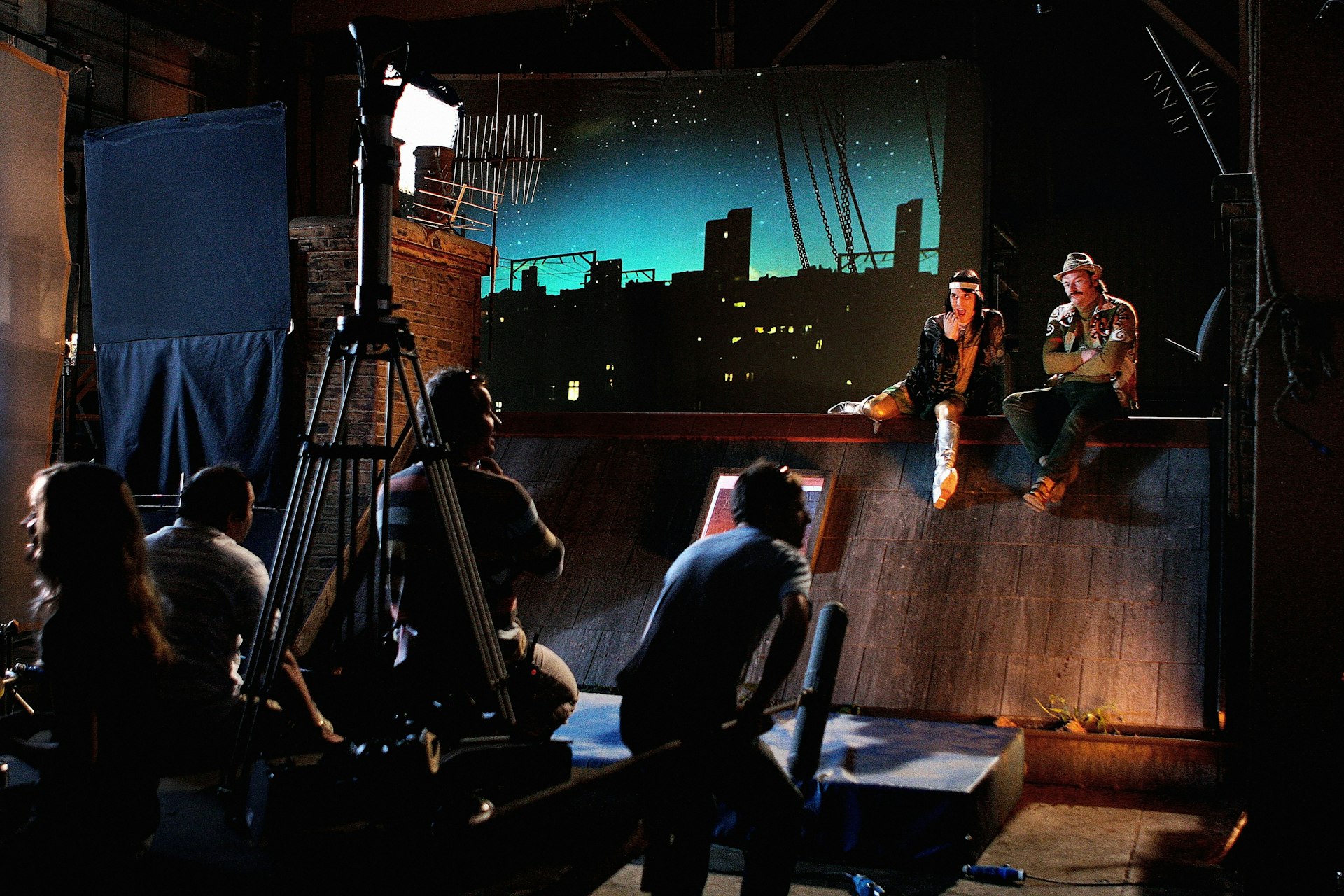
Celebrating 20 years of The Mighty Boosh
A new exhibition takes a look behind the scenes of the iconic show two decades after its BBC3 premiere.
Written by: Isaac Muk
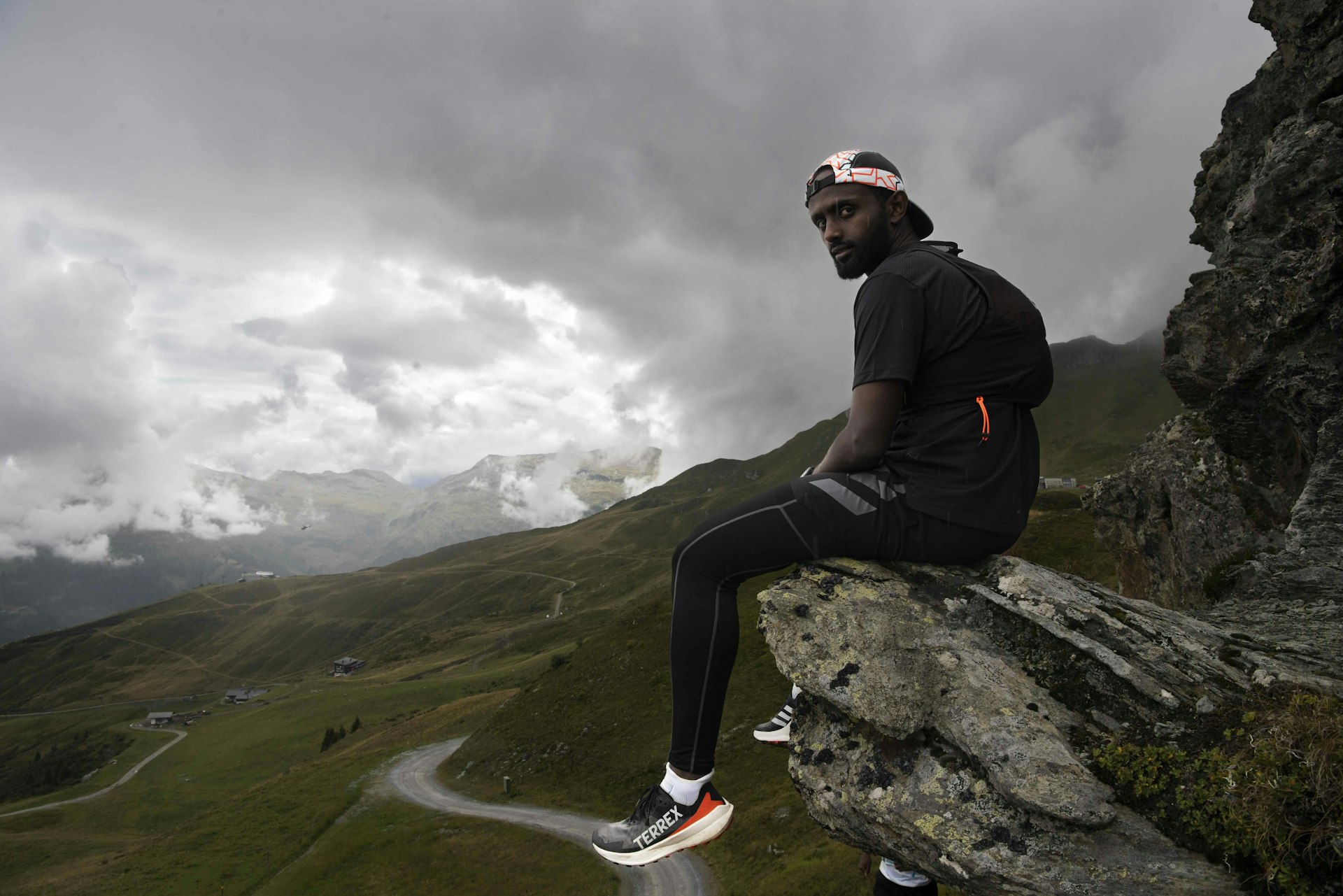
We Run Mountains: Black Trail Runners tackle Infinite Trails
Soaking up the altitude and adrenaline at Europe’s flagship trail running event, high in the Austrian Alps, with three rising British runners of colour.
Written by: Phil Young
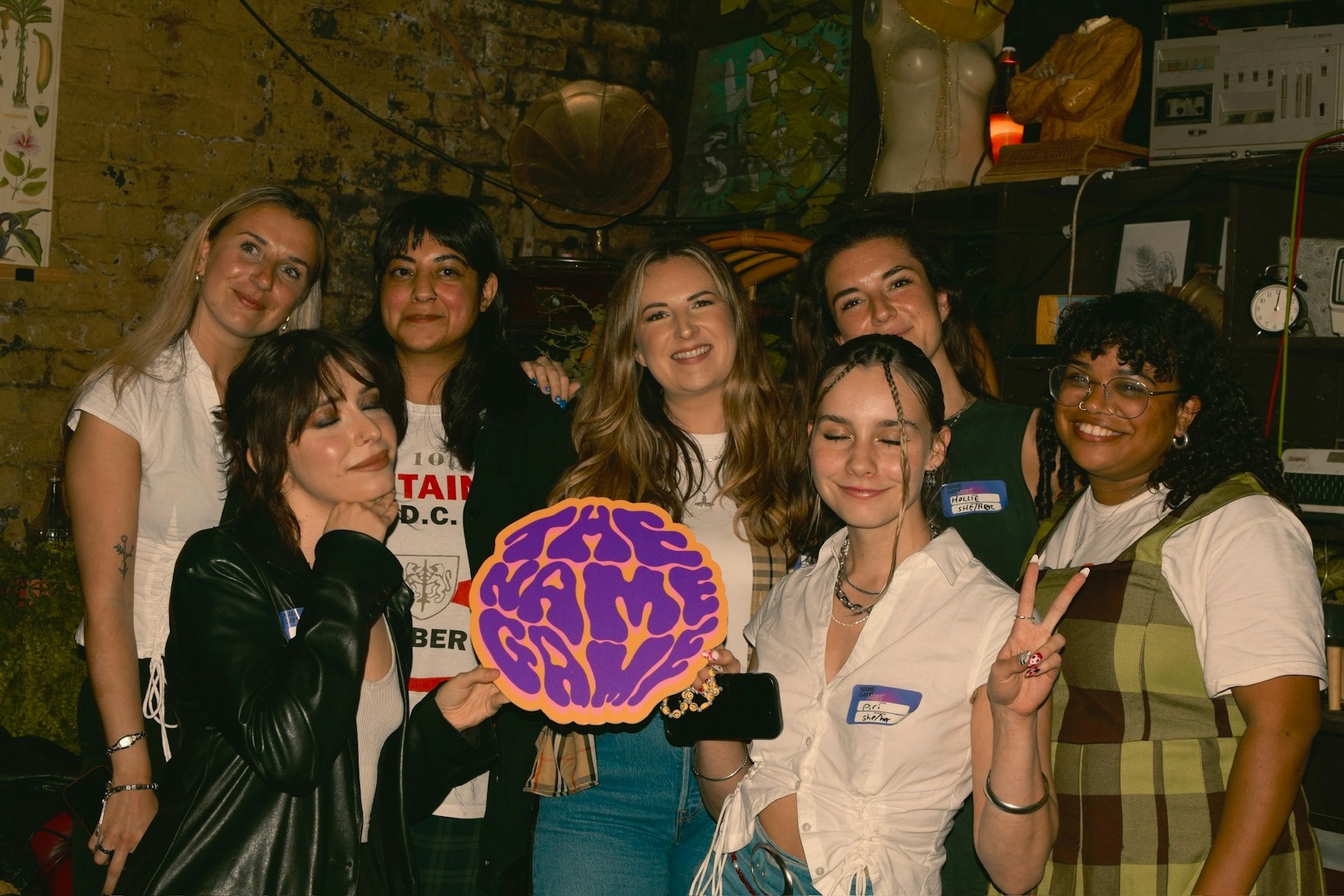
The organisation levelling the playing field in the music industry
Founded in 2022, The Name Game is committed to helping female, non-binary and trans people navigate the industry.
Written by: Djené Kaba





